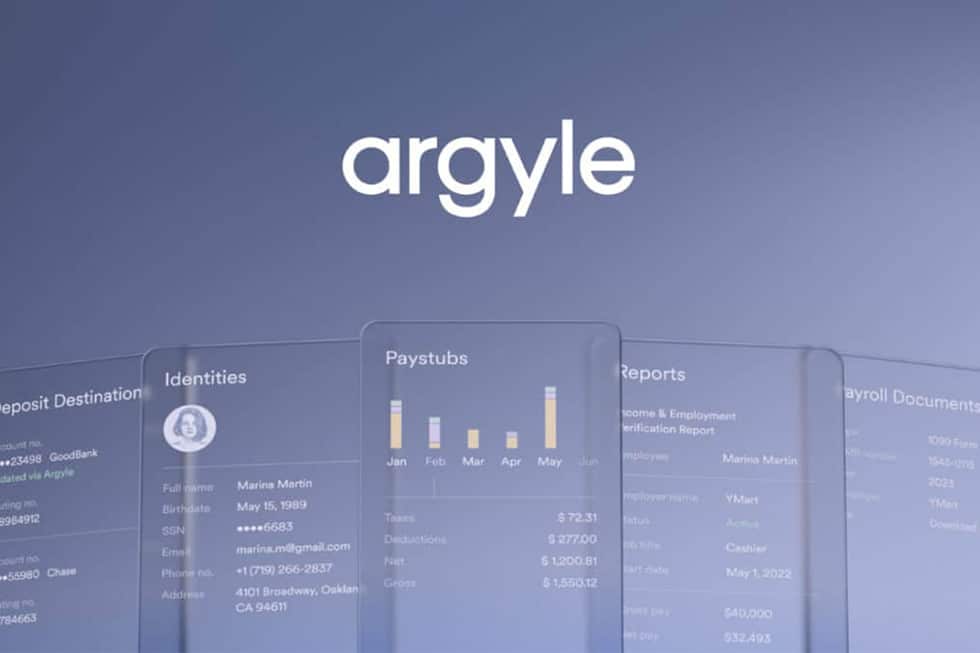“Hey, Guys! Welcome to my channel article” – This casual greeting, typical of social media influencers, was once a friendly introduction welcomed by social media followers, but today, it’s criticized for its lack of authenticity.

The reality of the influencer space is that it has become infiltrated with thousands of egocentric ring-light owners paying for access to perfectly manicured pre-set filters. Fans once loyal to recommendations made by celebrity influencers are fatigued by constant advertisements for products that often aren’t authentically incorporated into the daily lives of the influencer outside of social media.
Consumers’ awareness of social media influencer advertising coupled by a growing distrust of social media platforms and algorithms has led businesses to question the validity of their influencer marketing investments. Further, it leaves marketers pondering: “Are influencers still influential?”
The short answer: Yes.
However, as influencer marketing evolves, brands must also evolve their influencer marketing strategy by prioritizing the right influencers for their brands based off more than just the number of followers. Savvy influencers have curated their content so meticulously that their product recommendations remain authentic and delivers value.
A 2016 Google survey stated 70% of teenage YouTube subscribers say they relate to YouTube creators more than traditional celebrities. As the purchasing power of millennials and gen-z continues to increase, these numbers are expected to do the same.
Below are three tips for brands to consider when integrating influencer marketing into their overall communications strategies:
Be Wary of Imposters and Prioritize Authenticity
Over the course of time, the barriers to entry for becoming a public figure have decreased significantly. In the past, public figures were limited to well-known celebrities with a fan base directly related to a talent or area of expertise within a specified industry. This notoriety took years to build and relied on traditional communications channels such as broadcast TV, radio or print news sources.
Fast-forward to the early-to-mid 2010s when the rise of social media platforms like Instagram and Vine opened the doors for anyone to create a platform for themselves and follow the lives of people they didn’t know but aligned with their interests. As the lure of social media fame became more tangible to users, tools to pay for social media followers were developed.
Now just about anyone can pay money to acquire hundreds of thousands of followers, slap the word “influencer” on their social media bio and reach out to brands offering to promote products in exchange for monetary compensation.
This poses unique challenges for those influencers who have organically grown their following and have taken the time to establish themselves as a legitimate authority. Savvy marketers must do their due diligence and take the time to carefully vet influencers, their values, experience, and ROI. According to Matt Oney, founder of product review site zenmasterwellness.com, “Any influencer must be able to display deep experience/proficiency in his or her space. High praise about a vegan meal delivery startup is worth far more when it comes from the mouth of a prestigious chef than from a six-year-old. Conversely, a rave Youtube review about a children’s toy is worth more from a six-year-old than a grown man who owns a restaurant.”
Some questions marketers can ask to help evaluate the legitimacy of influencers include:
-
- What experience does this person have in this industry?
- Is that experience enough to persuade a decision-maker to convert?
- What kind of engagement does this influencer have on their platform of choice?
- Do their posts typically start meaningful conversations among my key audience?
Take the Time to Understand Your Audience
As with any marketing campaign, a brand’s first and most important priority should be to determine specific parameters that define the audience they are trying to reach. This can easily be done by establishing one to three different buyer personas.
Hubspot defines buyer personas as “semi-fictional representations of your ideal customer based on market research and real data about your existing customers.” By taking the time to gather specific data and understand your audience’s demographics, behavior patterns, motivations, and goals, the guesswork as to which channels and influencers to include in your campaign are answered.
One infamous example showcasing the detrimental effects of skipping this step can be seen through the meteoric rise and fall of Quibi. The streaming platform had everything they needed to succeed in terms of funding, leadership, and technology, but lacked the basic understanding of the demographic they were targeting. According to a recent report by Quartz, “Quibi could have invested more in content from celebrities its younger audience might actually appreciate, like YouTube, Instagram, or TikTok stars. Instead, it threw lots of money at the kind of names that older executives might imagine young people enjoy—Jennifer Lopez, Idris Elba, Tyra Banks, Usher, and every teenager’s favorite actor, 53-year-old Kiefer Sutherland.”
The key takeaway: Marketing 101 – understanding the motivations and needs of your audience is key to marketing success regardless of the tactic being deployed.
Set Yourself Up for Success
Once your company has a good understanding of its ideal customer and the factors that motivate them, the next step is to set the stage for the success of your brand and the social media influencer you want to engage.
Defining key performance indicators (KPIs) that define campaign success will not only determine the success of your campaign with measurable and specific data points, but it also sets the stage for a healthy relationship with the influencer by setting clear expectations for the partnership. After all, this is a business relationship and both you and the influencer should have clear benchmarks to make it a successful campaign.
Examples of KPIs to set with influencer marketing campaigns include:
-
- Conversion rates
- Web traffic
- Impressions
- Social media followers gained by the sponsoring brand
- Number of key messages included
After setting clear KPIs that will guide the campaign’s success, equip the influencer with the tools they need to accurately represent your company and/or product. While it is ideal for an influencer to put their own creative spin on the content they are creating and use their own voice, it is the brand’s responsibility to provide them:
-
- Product samples
- Key talking points to hit
- Brand assets such as photos or logos, as appropriate
- A specific and trackable call to action to evaluate success
The reality of influencer marketing is that 50% of consumers will take some action after reading a positive review according to a 2018 BrightLocal Local Consumer Review Survey. The symbiotic relationship between influencers and brands will continue to remain relevant in the coming year. As marketers and PR professionals, it will be our job to ensure that these mutually beneficial partnerships remain authentic and earn the trust of key audiences by prioritizing authenticity.





